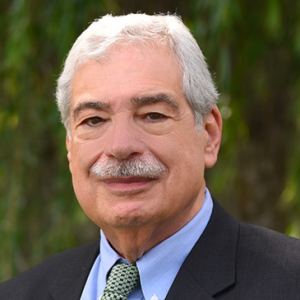SYRACUSE, N.Y. — Syracuse University and the New York State Department of Health are partnering on an effort to study wastewater for COVID-19.
Wastewater surveillance can provide up to three to five days early warning that COVID-19 cases are increasing or decreasing in a community, the office of Gov. Kathy Hochul announced Thursday. Studies have shown that officials can use surveillance activity to detect variants of the virus through sequencing wastewater samples, once identified.
Testing wastewater for COVID-19 is a “cost-effective, non-invasive, and unbiased” method of monitoring trends in virus at the community level, Hochul’s office contended.
(Sponsored)

Criminal Liability for Employment Law Violations?
New York employers are often surprised to learn that wage law violations can lead to criminal penalties in addition to financial penalties. Whether payroll is outsourced, or a staffing agency

Fraud Contingencies Plans Are Essential
Your business likely has a disaster recovery plan in place—procedures for handling fires, natural disasters or other crises that could disrupt operations or endanger lives. While a fraud contingency plan
In addition, researchers can collect wastewater samples at different locations within the sewer system, providing information within neighborhoods, or even in individual buildings, including college residence halls.
Wastewater testing provides data on COVID-19 status for communities that includes identification of the virus not seen by clinical testing alone. Last year’s efforts demonstrated that wastewater surveillance can detect virus at levels equivalent to 10 cases per 100,000 population and can provide three to five days advanced warning that COVID-19 cases are increasing, Hochul’s office stipulated.
Testing wastewater for the virus that causes COVID-19 “adds a new dimension to community surveillance that doesn’t depend upon testing individuals,” the state says.
“We will use every available resource to stem the tide of COVID-19, and I thank the Syracuse University researchers who have made this wastewater surveillance possible,” Dr. Mary Bassett, acting New York State health commissioner, said. “This surveillance provides New York with an early warning system for COVID-19 trends, including variants, in advance of observed increases in cases or hospital admissions. While there is still much to learn about this new tool, we expect wastewater surveillance to offer important metrics for local decisions on COVID-19 precautions and help us apply vaccination and testing resources where these are needed the most.”
Wastewater-surveillance network
This initiative builds on last year’s state pilot of monitoring wastewater in selected communities and expands the program into a statewide wastewater-surveillance network.
The state wastewater-surveillance network will link into the CDC’s national wastewater-surveillance system that has been initiated in response to the pandemic.
In partnership with Syracuse University and the New York State Department of Environmental Conservation, the wastewater-surveillance network will enhance the state’s testing efforts to monitor coronavirus presence in participating municipalities, establish the baseline level of virus, and identify those communities experiencing an increase. It will “complement” other state testing and surveillance efforts to better understand the risk of COVID-19 transmission throughout the state and target public-health resources, per Hochul’s office.
At least 20 counties have participated in wastewater surveillance to date, with test results providing evidence of virus presence in communities that are home to more than 2 million New York residents. New York City has also conducted wastewater surveillance throughout all five boroughs.
The expansion of the statewide network will improve coordination and provide an opportunity for greater participation from additional municipalities, the state and Syracuse University contend.
“Establishing wastewater surveillance in every county throughout the state will give us better understanding of COVID-19 transmission. This system will help the public and policymakers better respond to the pandemic,” Dr. David Larsen, epidemiologist and associate professor of public health at Syracuse University, said.




